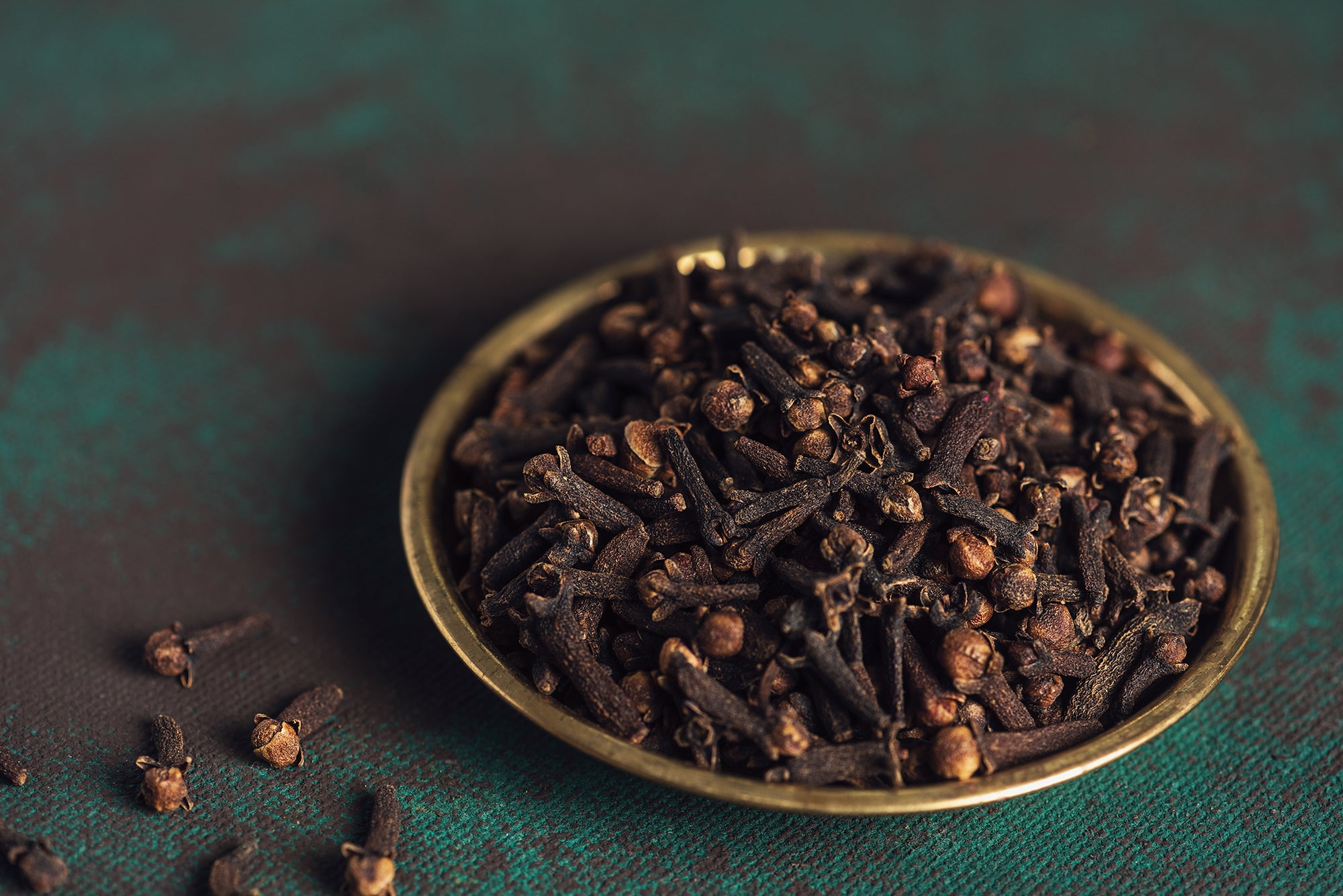Sweet and spice and loaded with everything nice, cinnamon is definitely one of the most recognized and used spices. Known for its sweet taste and aroma, cinnamon is used in both savory and sweet dishes.
Cinnamon has been around since the Biblical times. It is even mentioned in the Bible as one of the ingredients used in the preparation of the holy anointing oil. During the Middle Ages in Europe cinnamon was imported from Ceylon (now Sri Lanka). It definitely has been one of the most sought-after spices in the world.
Types Of Cinnamon
There are close to 250 varieties of cinnamon growing all across the world but the two main varieties are – Cinnamon Casia and Cinnamon Verum
Cinnamomum Verum:
Also known as Ceylon Cinnamon, Sri Lankan Cinnamon or The True Cinnamon, the cinnamon verum is more widely available and commonly used. This type of cinnamon is carefully peeled off cut branches, rolled and then cut to familiar sized ‘quills’ of about 8cms in length. Light brown or tan in color, these quills have a sweet perfumed fragrance and are used to delicately flavor savory dishes. Powdered Ceylon cinnamons are considered to be more potent.
Cinnamomum Cassia:
Also known as the Dutch Cinnamon and the Batavia Cinnamon, cassia is the most common type of cinnamon with strong sweet aroma and an almost spicy after taste. This is the entire bark of the cinnamon tree that is stripped off and dried. The size and texture of the cinnamon depends on what part of the tree it’s been peeled off from. Highly perfumed, cassia is used in sweet dishes.
Both these varieties have their individual taste, aroma and uses. But cassia contains high levels of coumarin, which is a naturally occurring blood thinner and shouldn’t be consumed in excess.
In addition to these, the other well-known varieties of cinnamon that are available are –
- Indonesian cinnamon
- Indian Cinnamon
- Malabar Cinnamon
- Vietnamese Cinnamon
Harvesting And Prepping Cinnamon
The entire process of harvesting and prepping cinnamon is long and labor intensive. Once sown, the cinnamon seeds usually take about three years to grow into a tree and can be harvested for three barks a year for up to six years.
Once the tree is ready to be harvested the outer layer of the cinnamon bark is gently and efficiently scraped off preventing any kind of damage to the inner layer. The scraped skin is recycled into compost.
Next, the inner layer of the bark is the cinnamon that we know and use. This layer is gently peeled off from the inner wood. This is then rolled and combined to create quills. These quills are dried for at least 10 days before packing.
The dried cinnamon quills are then categorized into four main groups depending on their size. After this, the quills are packed, ready for export.
Cinnamon oil is created from the inner wood and dried leaves of the cinnamon tree. These two are heated in an oven to extract the oil.
Multifaceted Magnificent Spice
Cinnamon is known for its distinct aroma and taste that h is due to the presence of compounds like beta-caryophyllene, linalool and more. In the East, cinnamon is most commonly used to flavor savory dishes especially curries and flavored rice, In the west cinnamon is typically used in desserts like pies, buns and in beverages like hot chocolate and teas.
Cinnamon sticks can stay fresh for close to a year if stored in an airtight glass container. Ground cinnamon loses its potency quickly.
Cinnamon is high in antioxidants that reduce damages caused by free radicals, in turn slowing the aging process. It also helps give relief from inflammations, thus lowering the risks of heart diseases, cancer and also reducing pain and muscle soreness. Cinnamon is one of the best spices for a diabetic; it helps lower blood sugar levels and improves sensitivity to insulin.
The antimicrobial, antibiotic and antifungal properties help fight infections, both bacterial and viral. Research also shows that cinnamon is highly beneficial in maintaining oral health and hygiene.
Though highly beneficial cinnamon should be consumed in moderation. Excess consumption will damage the liver.
Cinnamon And Ayurveda
Cinnamon was once considered to be more valuable than gold. It has been used in both Ayurvedic and Chinese medicines for thousands of years.
Cinnamon pacifies vata and kapha doshas, it may aggravate pitta dosha if taken in excess. It’s a warming spice that has a sweet, pungent rasa. Other than detoxifying the body and helping reduce blood sugar levels, cinnamon is used as a quick remedy for many minor ailments too.
Combining cinnamon powder with honey, inhaling the vapors of water boiled with cinnamon and making a paste of cinnamon and applying on your forehead gives a three-fold relief to that pesky cold and sinus headaches.
Adding a little quantity of cinnamon in your diet is beneficial for our overall health.
We have used Cinnamon in:
Ayurvedic Facts:
| Sanskrit Name: | Twak |
| Taste: | Sweet, Pungent |
| Energitics: | Hot |
| Effect on Doshas: | Pacifies Kapha and Vata, Increases Pitta |
| Used for Treating: | Stomach ailments, flu, fever, cough, cold, asthma, erinary issues, delayed periods, nausea, vomiting, tooth ache, hyper pigmentation |
| Scientific Name: | Cinnamomum zeylanicum |
| Cultivated in: | Ceylon, South India |
| Other names: | True cinnamon |
| Habitat | Hot and humid |
| Soil | Organic rich loamy |
| Plant Size | 20-30 feet |
| Aroma | Sweet |
| Plant parts used | Bark, leaves |
| Major Nutrients | Carbohydrate Protein Fat Dietary Fiber Manganese Calcium Iron Vitamin K Vitamin E Vitamin B6 Niacin Magnesium Potassium Zinc Copper |
Known As In
| Hindi | Dalchini |
| Marathi | Dalchini |
| Gujrati | Taj |
| Telugu | Dalchina Chekka |
| Malayalam | Karuva patta |
| Bengali | Darchini |
| Tamil | Lavanga Pattai |
| Kannada | Chakke |





.png?v=1668878203)



